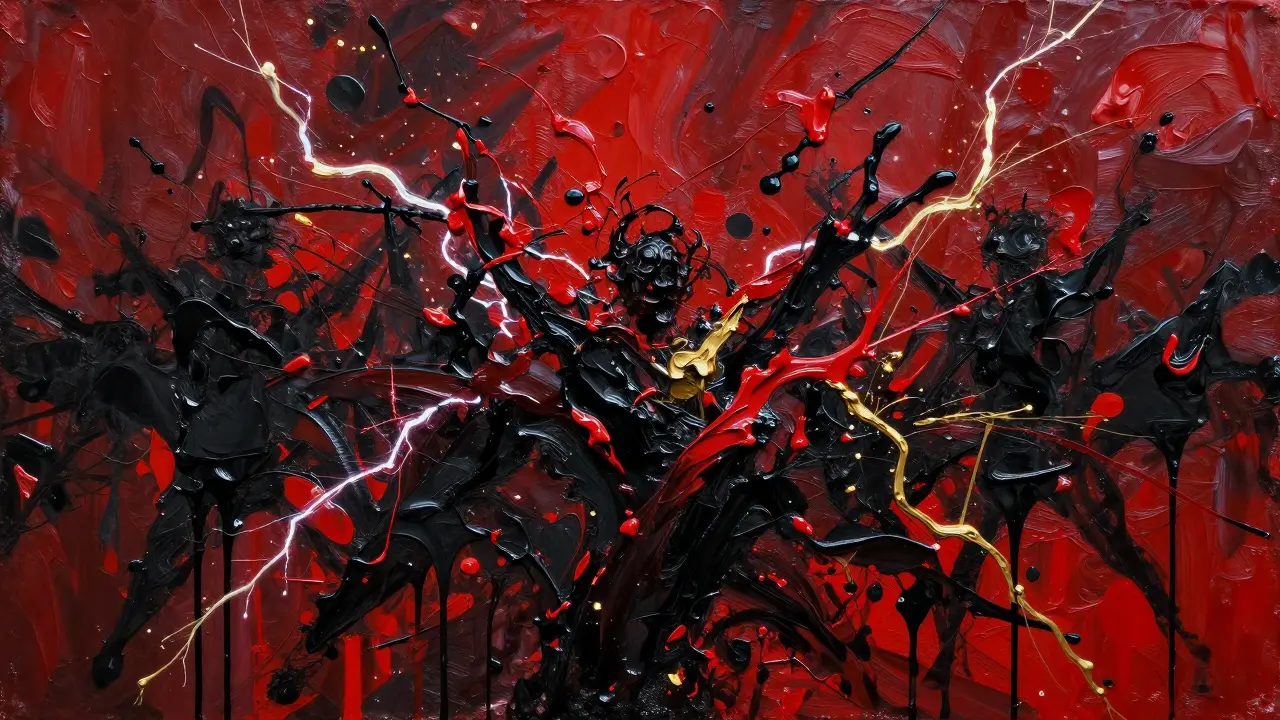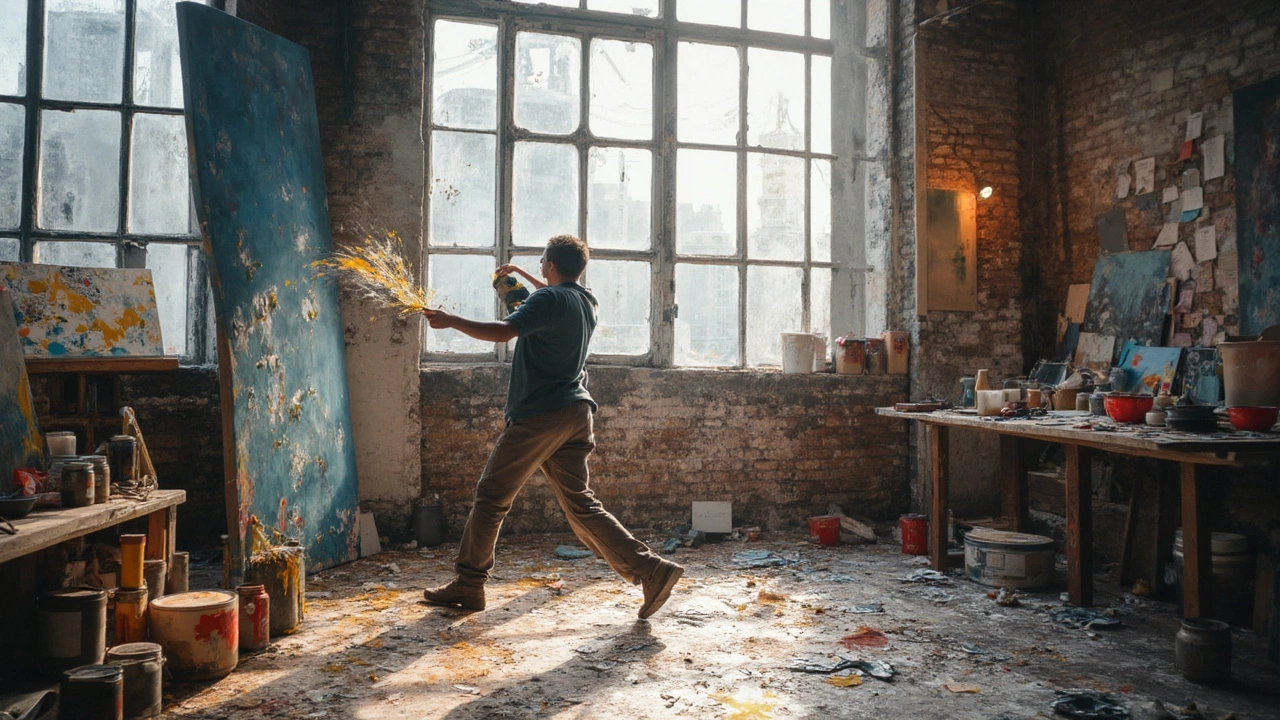Color Field Art Explained: A Quick, Practical Guide
If you’ve ever walked into a gallery and seen huge rectangles of pure color that seem to glow on their own, you were looking at color field painting. It’s not about busy details or crazy brushstrokes – it’s all about big swaths of flat hue that hit you straight in the gut.
What Makes Color Field Different?
First off, color field is a branch of abstract art that grew out of the 1940s and 50s. Artists like Mark Rothko, Barnett Newman, and Helen Frankenthaler dropped the chaotic gestures of Abstract Expressionism for smooth, even surfaces. Instead of trying to mimic reality, they let colour do the talking.
Notice the lack of lines or textures? That’s on purpose. The idea is that a single color can convey mood, depth, and even spiritual feeling without any recognizable shape. When you stand close, you see the paint’s flatness; step back and the colors start to blend in your eye.
How to Spot Color Field Works
Look for three things: large fields of uniform color, minimal brushwork, and a focus on the canvas edge. Rothko’s famous “multiforms” are basically stacked rectangles that seem to float. Newman’s pieces often have one thin line cutting through a wide band of hue – think of it as a visual heartbeat.
Another clue is the emotional punch. A deep red might feel intense, while a soft blue feels calm. Artists weren’t painting objects; they were painting feelings directly onto the wall.
Want to try spotting them at home? Scan your local museum’s modern wing or even look online for images tagged "color field". If you see big, flat color blocks with no obvious subject, you’ve found it.If you’re feeling inspired, you can experiment yourself. Grab a large canvas, choose two or three colors that speak to you, and use rollers or poured paint to cover the surface in even layers. No need for fancy brushes – the point is smoothness, not texture.
In short, color field art is all about letting pure pigment speak. It’s simple, bold, and surprisingly powerful once you get used to its quiet language. Next time you see a big blue rectangle, pause and let the colour do its thing.


